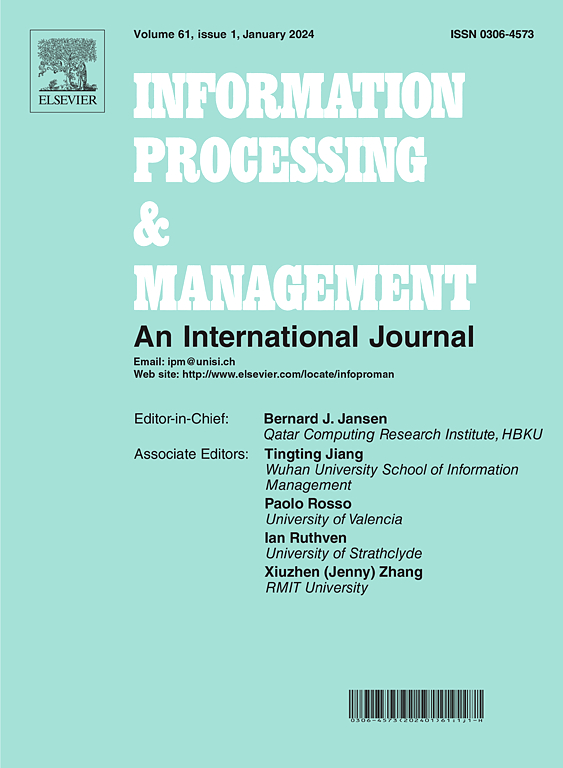自动学习语言结构以提取实体关系
IF 7.4
1区 管理学
Q1 COMPUTER SCIENCE, INFORMATION SYSTEMS
引用次数: 0
摘要
句子由语言上有联系的单位(如词或短语)组成。它们之间的依赖关系构成了句子的语言结构,它表明了语言单位的含义,并编码了它们之间的句法或语义关系。因此,学习句子的语言结构对于实体关系提取或其他自然语言处理(NLP)任务非常重要。在相关工作中,通常采用人工规则或依赖树来捕捉语言结构。这些方法严重依赖于先验知识或外部工具包。在本文中,我们引入了监督图自动编码器网络(SGAN)模型来自动学习句子的语言结构。传统的图神经网络使用的是根据先验知识初始化的固定邻接矩阵,与之不同的是,SGAN 模型包含一个可学习的邻接矩阵,该矩阵可根据任务相关的学习目标进行动态调整。它可以从原始输入句子中自动学习语言结构。在七个公共数据集上进行评估后,SGAN 达到了最先进的(SOTA)性能,优于所有比较过的模型。结果表明,自动学习的语言结构比人工设计的语言模式性能更好。它在支持实体关系提取和其他 NLP 任务方面展现出巨大的潜力。本文章由计算机程序翻译,如有差异,请以英文原文为准。
Automatically learning linguistic structures for entity relation extraction
A sentence is composed of linguistically linked units, such as words or phrases. The dependencies between them compose the linguistic structures of a sentence, which indicates the meanings of linguistic units and encodes the syntactic or semantic relationships between them. Therefore, it is important to learn the linguistic structures of a sentence for entity relation extraction or other natural language processing (NLP) tasks. In related works, manual rules or dependency trees are usually adopted to capture the linguistic structures. These methods heavily depend on prior knowledge or external toolkits. In this paper, we introduce a Supervised Graph Autoencoder Network (SGAN) model to automatically learn the linguistic structures of a sentence. Unlike traditional graph neural networks that use a fixed adjacency matrix initialized with prior knowledge, the SGAN model contains a learnable adjacency matrix that is dynamically tuned by a task-relevant learning objective. It can automatically learn linguistic structures from raw input sentences. After being evaluated on seven public datasets, the SGAN achieves state-of-the-art (SOTA) performance, outperforming all compared models. The results show that automatically learned linguistic structures have better performance than manually designed linguistic patterns. It exhibits great potential for supporting entity relation extraction and other NLP tasks.
求助全文
通过发布文献求助,成功后即可免费获取论文全文。
去求助
来源期刊

Information Processing & Management
工程技术-计算机:信息系统
CiteScore
17.00
自引率
11.60%
发文量
276
审稿时长
39 days
期刊介绍:
Information Processing and Management is dedicated to publishing cutting-edge original research at the convergence of computing and information science. Our scope encompasses theory, methods, and applications across various domains, including advertising, business, health, information science, information technology marketing, and social computing.
We aim to cater to the interests of both primary researchers and practitioners by offering an effective platform for the timely dissemination of advanced and topical issues in this interdisciplinary field. The journal places particular emphasis on original research articles, research survey articles, research method articles, and articles addressing critical applications of research. Join us in advancing knowledge and innovation at the intersection of computing and information science.
 求助内容:
求助内容: 应助结果提醒方式:
应助结果提醒方式:


